My jalapeño peppers did terrific this year! Small harvests came in clusters or waves, and even though I ate these babies regularly, I had to start preserving them. It began with the dehydrator. Then some went in the freezer, a bunch were powdered, and eventually, pickled peppers were in my steam canner.
Storing Jalapeño Peppers
Jalapeño peppers will last for a few days at room temperature. They are best stored in a dry, cool place out of direct sunlight. A paper bag or breathable mesh container can help block the light and allow air to circulate.

Storing jalapeño peppers in the refrigerator is one of the best short-term options. Whole peppers can last up to two weeks in the fridge in an airtight container, while sliced and chopped jalapeño peppers only last for a few days.
There are several preservation methods we can use to extend the shelf life of all produce. However, you’re not going to want to dehydrate all of your peppers if you plan on using some to make salsa or hot sauce. Sure, they can be reconstituted, but the quality will slightly differ. Let’s talk about it.
Canning Jalapeño Peppers
There are two ways to can peppers. If we make pickled jalapeños, we can use a water bath or steam canner to preserve them. To preserve plain jalapeños, you’ll need to use a pressure canner. Only high-acid produce is safe to use a water bath or steam canner. Low-acid foods must be pressure-canned. Plain jalapeño peppers don’t have a high enough acidity, which is why a different process is necessary.
You can find some delicious recipes for canning peppers. Some are simple, while others may have several more steps, but it’s worth it in the long run. Canning requires the most prep work and cooking. It’s a bit more time-consuming so if you need to process quickly, I’d say freezing or dehydrating are the fastest.
Properly stored and canned, pickled jalapeño peppers can last between 12 and 18 months (maybe more). Plain canned peppers can last up to 12 months.
Canned peppers can be added to salads, salsas, tacos, burritos, and countless other dishes. You’re good if the pickled pepper flavor works with the meals you enjoy. But suppose the flavors clash? In that case, canned plain peppers may be on the agenda.
Freezing Jalapeño Peppers
Frozen jalapeños retain much of their original heat. They can last up to a year when frozen properly. Remove the necessary amount from the freezer bag or container whenever you need peppers for a recipe. Frozen peppers can be cooked directly or they can be thawed to room temperature. You will want them to thaw on a reusable or paper towel to avoid a puddle.
While frozen peppers lack the crispy texture of fresh ones, they maintain their heat and flavor level for up to a year when frozen correctly. Frozen jalapeño peppers are excellent for stir-fry, soups, baked poppers, or stuffed pepper appetizers. They aren’t the greatest for nachos, tacos, or salsa … but will do the trick in a pinch.
We have to flash freeze fresh produce to prevent freezer burn. Peppers can be frozen whole or sliced. I froze a batch of whole peppers, but I seeded and removed the pulp for the rest because they were already incredibly hot.

Flash freezing requires laying the vegetables in a single layer on a baking sheet. Pop them in the freezer and place them in containers after they’re frozen. Freezing produce this way keeps the fruits and vegetables from sticking together.
You can also blanch the jalapeños before freezing them. Simply submerge the peppers in boiling water for 30 seconds, dunk them into ice water to stop the cooking process, then freeze them. Leave the peppers in your freezer for about an hour, then quickly transfer them to an airtight freezer-safe container or resealable freezer bag.
Frozen jalapeño peppers can last indefinitely in the freezer, but their quality diminishes after 10 months to a year. Remove the desired amount from the bag to thaw your peppers.
Dehydrating Jalapeño Peppers
You can use a dehydrator (or your oven on a low setting) to dehydrate peppers — or anything for that matter. For either method, slice the peppers in half lengthwise or into coins (coins take less time to dry).
Place the peppers on dehydrator racks or a parchment-lined baking tray. In the dehydrator, you’ll want to set the temperature to 125 degrees Fahrenheit for about 10 hours. Halved peppers usually take the full ten hours. Coins will not.
When using the oven, set the temperature to the lowest setting, typically between 150 and 170 degrees. Leave the peppers in the oven anywhere from 6 to 12 hours. The time will vary depending on the size of the peppers.
Once the peppers are completely dehydrated, they can last for a year or longer in airtight containers. I turned some of the peppers I dehydrated into powder, just like I do with cayenne.
To avoid any potential spoiling of your precious peppers, store them in sealed containers. Vacuum sealing is an excellent idea because it leaves little to no air in the mason jars. Before you seal the jars, toss in a food-safe desiccant packet to keep moisture out. Then store the peppers out of direct sunlight in a cool, dry area.
Reconstituting dried peppers is simple. Submerge them in hot water for about 10 to 15 minutes. If the peppers float, use a plate or bowl to keep them submerged. Once reconstituted, you’ll notice they are close to their original size and shape.
Rehydrated peppers won’t have the same texture or crispness as fresh peppers. That is true for any dehydrated produce. The flavor and heat levels, however, should almost identical to those that are fresh.
Dried seasonings like peppers will last a year or two when properly packaged and stored. Whole dried peppers will last the longest, with a shelf life of about four years or so.
Dehydration can be one of the best ways to preserve pepper harvests of any kind. Because exposure to air (even after dehydration) will lessen the shelf life of the produce you took so much time to preserve, I find it best to vacuum seal all dehydrated foods unless you’ll be using them immediately.
While I can’t say this for sure, it’s been said that vacuum-sealing dry goods can potentially allow them to last indefinitely.
Pickled Peppers
Pickling produce is an age-old way of transforming and storing delicious foods. Pickling jalapeños (or anything) preserves the peppers, giving them a much longer shelf life than other storing methods.
All you have to do is make a simple pickle brine using white vinegar or apple cider vinegar (it’s a bit sweeter but works well), water, sugar, and salt. Place your sliced peppers in a sterilized mason jar and pour the finished brine over them. Seal the jar with a tight-fitting lid and store them in the refrigerator. They will last several weeks like this, but if you want to preserve the peppers on a long-term basis, you will need to use a water bath or steam canner. Process the jars for about 20 minutes.
Pickled peppers can last a couple of years when canned properly, but they do have to be pickled. Suppose you want to can plain peppers without the vinegar, etc. In that case, you will have to use a pressure canner because (again) peppers aren’t acidic enough on their own and would be at risk of spoiling.
Once you open a sealed jar of peppers, it can last several months in the refrigerator. Some say they can last up to a year at room temperature, but I am not sure about that.
For example, you can use jalapeño peppers in various recipes and preserve them in that way. Creamy jalapeño sauce and jalapeño hot sauce are excellent ways to use and preserve the peppers. I love fresh salsa, so needless to say, when the tomatoes are ripe, and the peppers are ready, I love making salsas and canning them for later.
I have yet to make homemade cowboy candy or candied jalapeños, but they’re on my to-do list for next year. My friend loves jalapeño poppers and has a great recipe. You could always whip up a large batch and freeze part of it for a later date. To cook them, you take out as many as you want and pop them in the oven, similar to prepackaged pepper poppers from the store.
What Is the Best Method to Preserve Jalapeño Peppers?
Canning pickled peppers seems to be the best method for preserving them, but if you’re going for flavor and heat, freezing may be the better way to go. Honestly, folks, how you preserve the peppers somewhat depends on how you plan to use them later. It might be best to can the peppers if you want a crispy texture. Freezing them slightly changes the texture, and dehydrating them removes the crunch.
Preserving food is important to me. It is a way to continue enjoying the safe and delicious fruits of our labor throughout the year. Happy Homesteading, friends!


















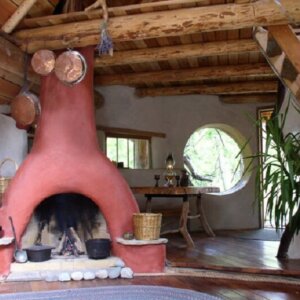



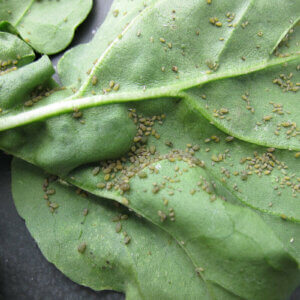

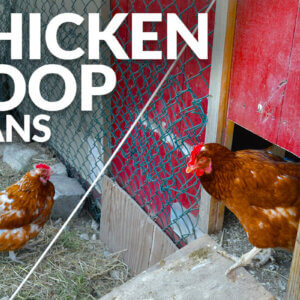















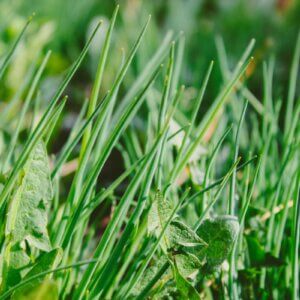
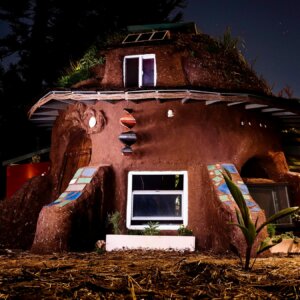
If you dry jalapeños at the end of the season, dry the green Serranos and habañeros all together and grind them. They make a distinctive seasoning.